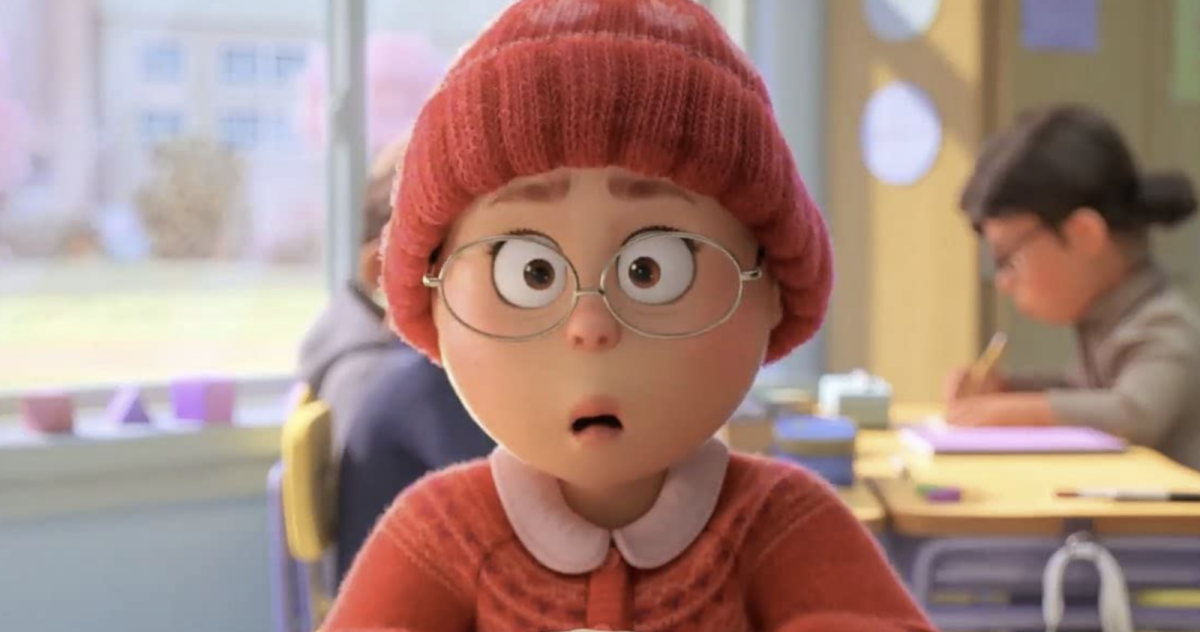Warning: this article may contain spoilers for Turning Red
Turning Red tells a relatable coming-of-age story with a mix of ancient Chinese mythology and a modern twist.
The film tackles a family conflict between a teenager and their parents and nods itself to subtle hints of puberty. However, there is more to this film than just what’s seen on a surface level. It discusses a deeper story, both modern and traditional.
Chinese mythology of the red panda

According to Chinese mythology, giant pandas are seen as ‘sacred creatures of the forest’ and as a symbol of peace. A research study by Angela R. Glaston and Axel Gebauer found that there is a belief that red pandas, or their fur, can bring people good luck or good fortune. Due to this, people chose not to harm the red panda because of the good omens that they represent.
“The people living in the Gasa and upper Paro regions of western Bhutan maintain that it is a good omen if you see a panda when you are travelling on a business trip; it guarantees that the trip will be successful.”
The film showcases these old beliefs with Sun Yee as it retells the story of the family’s ancestors and how the red panda blessed the family with good fortune and prosperity.
In the behind-the-scenes documentary Embrace the Panda: Making of Turning Red, the filmmakers visited a red panda enclosure. Director Domee Shi found similarities between what red pandas are like in the wild and Lee’s relationship with her mother, Ming.
“They’re native to China. And then also, it’s like red and white. It’s like Chinese, but also like the colors of the Canadian flag, too. So it felt like the perfect animal to tell this story about this Chinese-Canadian teenage girl.”
Growing up in an Asian household in a Western country

As someone who grew up in an Asian household in a Western nation (Australia), I can attest that there’s both a stereotype and expectation that children need to do well and have to please their parents. They have to be ‘the golden child’ of the family, meaning high achievers, good education, etc. This is amplified when the family decides to immigrate to a first-world country for better opportunities.
And while this expectation is reasonable because of prospects of a better future, it also feels restrictive and over-barring, to the point where you’re now lying to yourself.
In the film, Lee’s mother Ming praises her daughter constantly as she gets good grades and does good work in the temple, but Lee is unable to express her feelings and interests to her due to it not being the ideal image of the ‘Golden child.’ Lee’s mother sees her as a future UN Secretary-General and sees possible distractions, such as boys, 4-Town concerts, and her friends as a distraction or a bad influence.
Repressed emotions and the need for support

Lee transforming into a giant red panda helps visualize the repressed feelings and emotions that she’s been having. When she first transforms, a lot of what she’s feeling (anger, sadness, attraction, embarrassment, fear, and excitement) is expressed freely and heavily to the point of being comedic in some scenes. Lee as a human can’t express those feelings freely due to family expectations.
But at the same time, growing up, you need to show some restraint. This is where a good emotional support network is needed to help navigate all that without the feeling of being restrained.
Lee’s father, Jin, also understands what his daughter is going through. He listens to what his daughter wants and tells her that her relationships with her friends and transforming into a red panda is a part of her.
“The point isn’t to push the bad stuff away, it’s to make room for it, live with it. Mei, erase it if you want, but this side of you, made me laugh.”
The message of Turning Red

So, while most common interpretations of the film may be about puberty or a conflict between one’s family, Turning Red really brought to light the burden that most second-generation migrants and Asian children face with their families.
With the mix of traditional folklore and a modern story, it was able to address something that most kids are sometimes hesitant to talk about – they’re growing up and would like support from their families and loved ones as they go through this journey.
At the end of the film, both Lee and her mother come to an understanding. While she’s able to help her mother work in the temple and do well in school, the mother soon lets her daughter hang out with her friends.
Lee has a support network of friends who helped her control the panda but also helped her accept it. She was also able to support her mother, too, when she needed it the most.
Turning Red is available to stream on Disney Plus.

